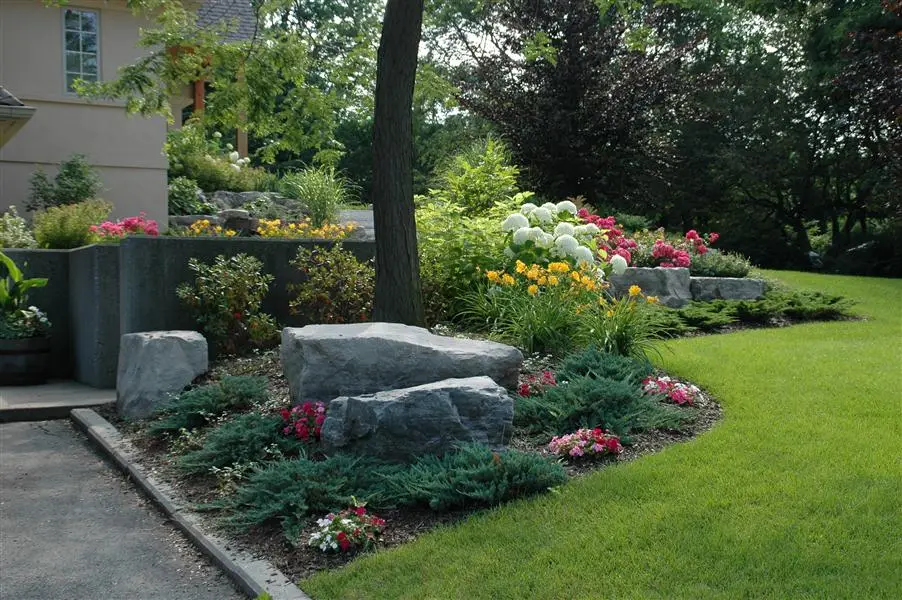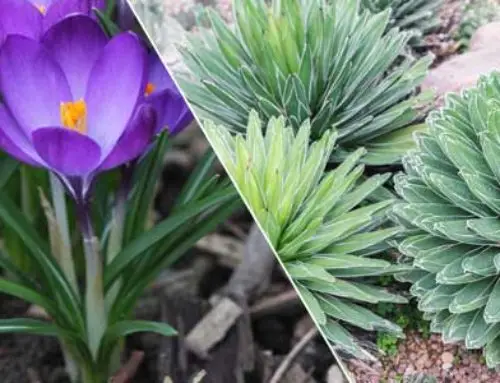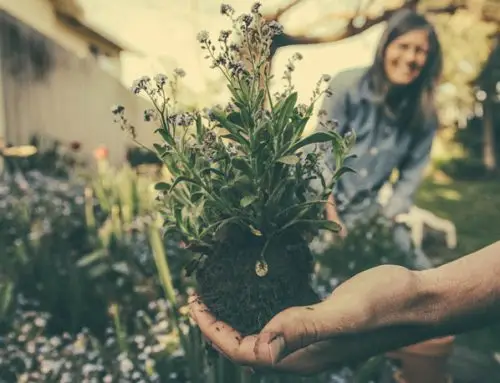With the last of the snow melting away, the days getting warmer and more daylight to enjoy, we get the sense the spring has finally arrived!
After the frigid misery of winter, your property and gardens have been exposed to an onslaught of soot, broken branches, leaves and lots of other debris that has accumulated.
The Cleanup
Now that the days are a bit warmer for you to get outside, it’s the perfect time to get your cleanup started before your spring bulbs and plants start popping their heads out of the ground. You can start by removing and composting any dead annual plants that remained over winter and prune back your perennials from last fall. The sooner you get to cleaning up the debris, the less likelihood that you’ll be stepping on the growing plants and damaging their tender sprouts.
In addition to your ground cover cleanup, the same rule and method applies to your trees, shrubbery and bushes. Spring is an excellent time to prune your trees and shrubs. Some shrubbery with woody stems must be cut back each spring because they only bloom on new branches. By pruning in the spring, you get rid of any damaging effects of winter and form a healthy environment for newly developing growth.
If your ornamental grass was left up during the winter time, now is the time to cut it back. You do not have to wait for any new growth to form because ornamental grass will come back up on its own when it’s ready.
Weeds
Spring is an ideal time to take action against the straggler weeds that hung around from last season. Since the damp soil makes it so much easier to pull out hang over weeds or new seedlings, now is the time to be pro-active. There are a number of products on the market that can help you to prevent weeds from sprouting at this time of the year, so visit your local retailer to see the selection available.
Get out the garden tools
Any good gardener worth their salt knows that part of the secret to their success is to have clean, operationally working and effective tools. Head out to your garage or shed and get out your tools that have been hiding in there all winter long. You want to make sure that they are ready to do their job, so prepare them carefully, either by cleaning off the dirt and grime with soap and water or sharpening the blades. For tools that have a wooden handle, you can use mineral spirits to give them a good wash down that will help prevent the wood from splintering.
Prep Your Soil
Spring is a wonderful time to give your soil some tender loving care to make certain that it’s ready for the upcoming planting season. You can start your planting preparation by turning over your soil with a pitchfork and rake it out. A pitchfork is an ideal tool for loosening up and turning over caked and compacted soil while clearing out any weeds that might have recently developed. You should then add compost, manure, of time released fertilizer a couple of weeks prior to planting so you don’t burn the roots of newly planted annuals or perennials. Be prepared to mix the fertilizer thoroughly so that it gets down deep into your soil. By preparing your soil ahead of time, your soil will be amended to the best possible environment for growing healthy and happy plants.
New Beginning
Spring is the time of new beginnings and rebirth. It is the most wonderful time of the year to watch your garden and property come to life with colour and heady scents that will delight throughout the summer.





